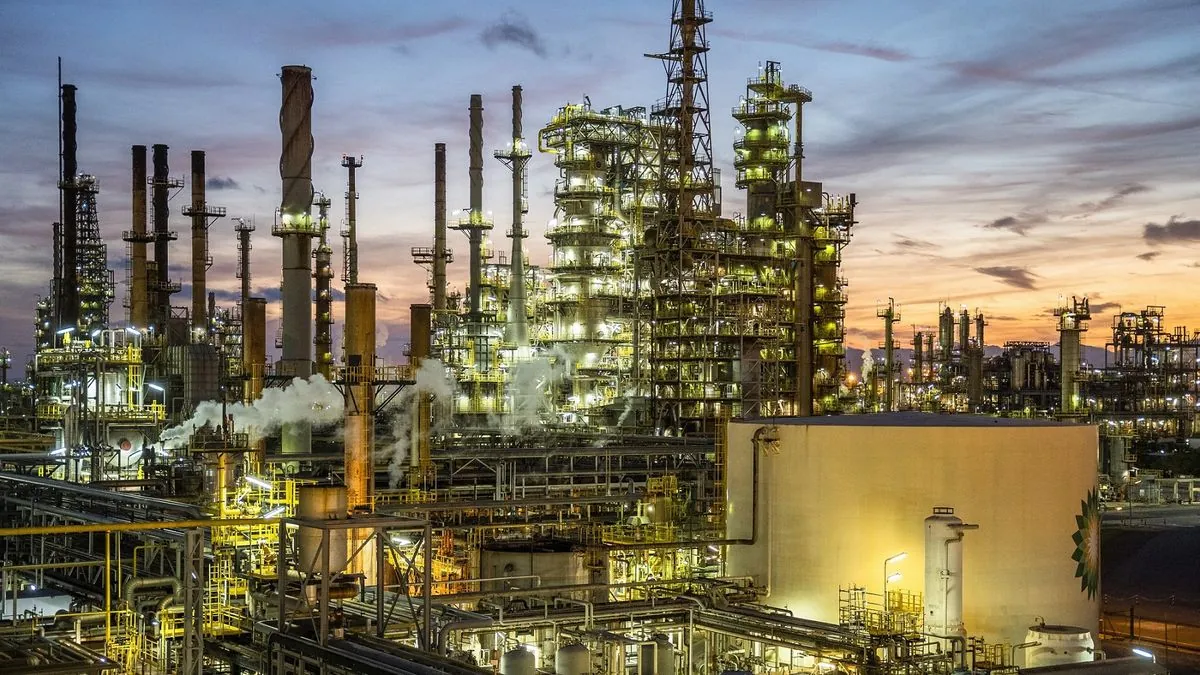The aviation industry is making significant strides towards a greener future with the adoption of sustainable aviation fuels (SAF). As of September 13, 2024, SAF production is expected to reach approximately 1.875 billion liters, tripling from 2023 levels. This growth is crucial, considering that aviation contributes 11% of transportation greenhouse gas emissions.
Frank Whittle's invention of the jet engine in 1930 revolutionized air travel, but it also led to increased carbon emissions. Now, nearly a century later, the industry is focusing on reducing its environmental impact. SAF, derived from non-petroleum sources such as used cooking oil and agricultural waste, offers a promising solution.
Despite the progress, SAF currently accounts for only 0.53% of aviation's fuel requirements. The industry faces challenges in scaling up production and addressing the higher costs associated with SAF. However, the commitment to change is evident, with the International Air Transport Association (IATA) members pledging to achieve net-zero carbon emissions by 2050.
Government initiatives are playing a crucial role in promoting SAF adoption:
- The Sustainable Aviation Fuel Grand Challenge, launched in 2021
- Federal tax credits of up to $1.75 per gallon for qualifying SAF
- State-level incentives, such as Minnesota's $1.50 per gallon tax credit
The Carbon Offsetting and Reduction Scheme for International Aviation (CORSIA) further encourages SAF use by allowing operators to reduce their offsetting requirements. This global market-based measure aims to address international aviation emissions, building on the legacy of the International Civil Aviation Organization (ICAO), founded in 1944 to promote global aviation safety.
Low carbon fuel programs, like California's Low Carbon Fuel Standard (LCFS), are also supporting SAF production. The LCFS program may soon eliminate the exemption for intrastate fossil jet fuel, potentially encouraging increased SAF use starting in 2028.
To balance SAF supply and demand, industry stakeholders emphasize the need for:
- Long-term, stable policies
- Consistent federal and state regulations
- Collaborative platforms for supply chain participants
"Long-term, stable policy is needed to provide regulatory certainty for the industry, promulgate incentives across the supply chain, and create market demand for SAF."
As the industry works towards its ambitious goals, it's worth noting that the first biofuel-powered commercial flight took place in 2008, marking the beginning of a new era in aviation. Today, every barrel of SAF produced is purchased and used, demonstrating strong demand driven by emissions reduction goals and policy initiatives.
Companies involved in SAF production and blending must ensure accurate assessment and validation of carbon intensity to qualify for incentives and comply with evolving regulations. This attention to detail is crucial as the aviation industry, which supports around 65.5 million jobs worldwide, strives to achieve net-zero carbon emissions by 2050.
The journey towards sustainable aviation is complex, but with continued innovation, investment, and collaboration, the industry is poised to soar into a cleaner, greener future.
